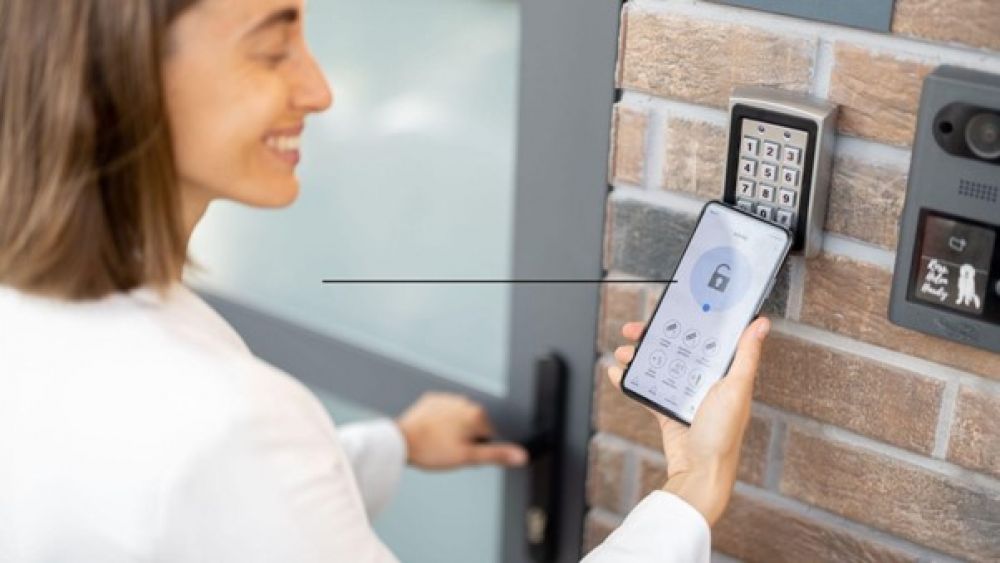-
Security technology procurement - What decision-makers need to know
Security systems are a critical part of an organization’s facility security and overall risk management. The design and procurement of security systems is not simply a technical measure but a strategic investment that will affect personnel safety and the continuity of operations for years to come.
Security technology procurement refers to the design and implementation of technical systems for physical security, such as access control, camera surveillance, burglar alarm systems, and electronic locking. The renewal or integration of these systems may be related to, for example, changes in the premises, moving to new premises, the end of the current system’s lifecycle, or a need to increase the level of security.
Decision-makers often face challenges during procurement, such as:
- Insufficient knowledge of the systems on the market: Decision-makers lack information about what is technically possible and what is worth implementing in their own organization.
- Missing or incomplete requirement specifications: Without precise planning, the system may not meet the needs of the entire organization.
- Budget overruns and hidden costs: Incorrectly estimated lifecycle costs can cause unpleasant surprises.
- Underestimating the requirements of the Procurement Act, especially in the public sector.
- Time and resource constraints: Decision-makers and other key personnel in the organization often have limited time to familiarize themselves with all the alternatives.
How to succeed in the procurement of security technology
We have compiled a checklist of what we believe to be the most essential considerations when planning the procurement of corporate security technology.
Decision-maker's checklist for a successful procurement
1. Analyse the current situation with a security survey
It all starts with an expert security survey to identify the strengths, weaknesses, and development needs of the current system.
2. Determine functional and technical requirements
The decision-maker responsible for the security technology procurement should be well informed about how the organization operates on a practical level and what functionalities the system should have.
Accurate specifications are a prerequisite for successful tendering and for the system to truly serve its users.
3. Use an independent expert
An external security consultant helps ensure that the solutions are:
- Technically functional and secure
- Predictable in terms of lifecycle costs
4. Comply with the requirements of the Procurement Act
In public organizations, it’s important to ensure the legality of procurement, including transparency, non-discrimination, and comparability. Professionally prepared tender documents and clear scoring ensure the competition is fair and meets the requirements of the Procurement Act.
Case: Procurement of an access control system for the University of Lapland
Frozen Graphene Oy was an expert partner in the renewal of the access control system for the University of Lapland. The project included:
- Security survey and requirement specifications
- Request-for-tender documents and supplier comparison
- System integration plan between the access control system and Active Directory
- Definition of information security and data protection requirements
As a result of the project, the university procured a cost-effective, modern access control system that is information-secure and serves both property management and users.
Frozen Graphene Oy is your system-independent expert in security technology procurement. We support organizations throughout the entire procurement process, from security surveys to tendering and implementation.
Contact us to learn more about security technology procurement!
Tags: security-system-projects Back




